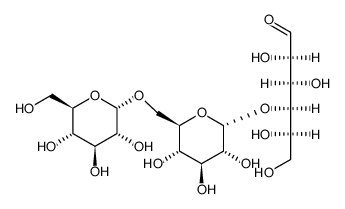| Structure | Name/CAS No. | Articles |
|---|---|---|
 |
(3R,4S)-tetrahydrofuran-3,4-diol
CAS:4358-64-9 |
|
 |
D-Panose
CAS:33401-87-5 |